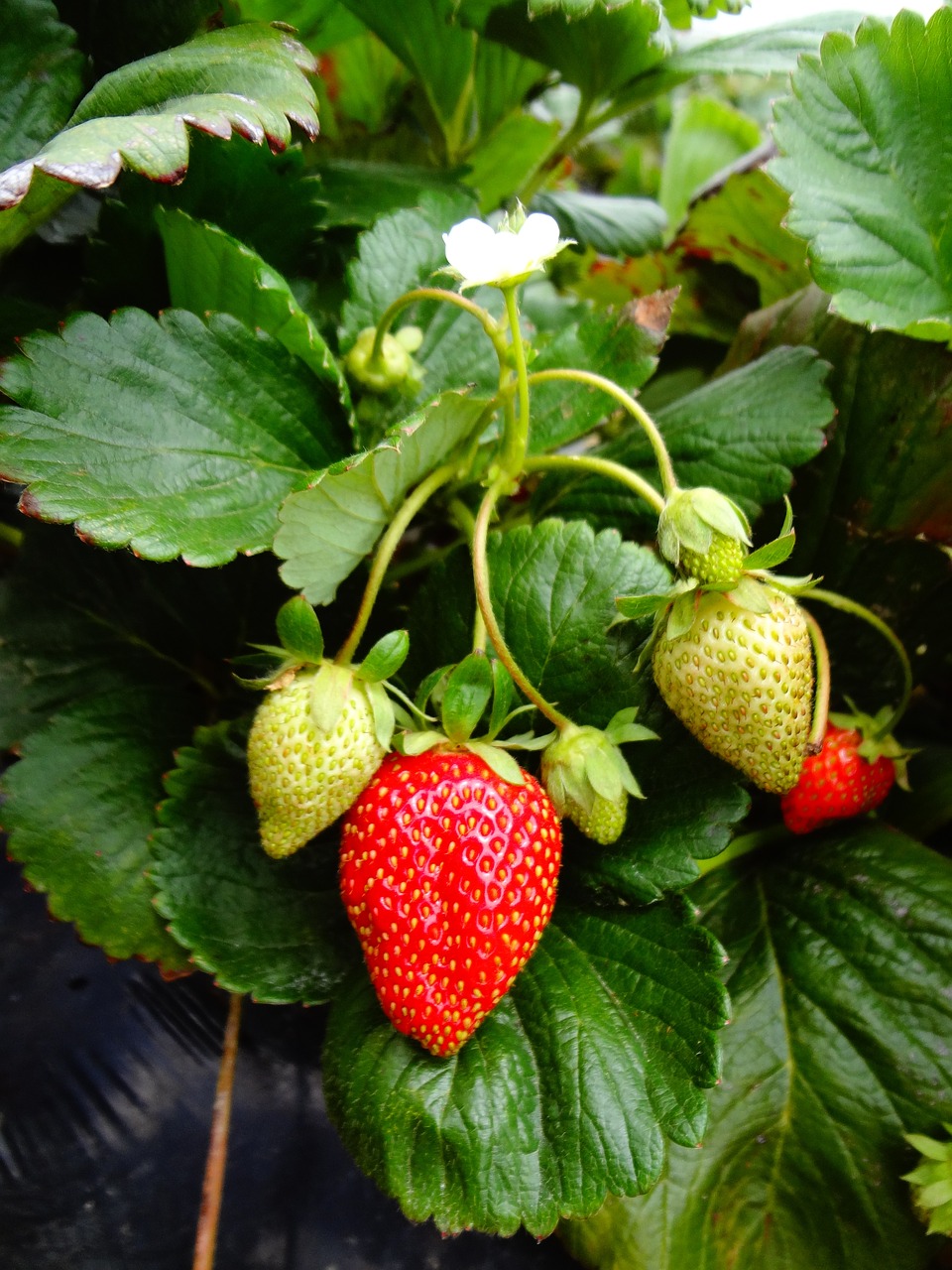
Strawberry
Fragaria × ananassa
Basic Information
🌿 Family: Rosaceae🗺️ Zone: 3-10
Other Names:
- Garden Strawberry
- Wild Strawberry (Fragaria vesca)
🌡️ Ideal Temperature : 60°F – 80°F
🔥 Heat Tolerance: Up to 95°F
❄️ Cold Tolerance: Down to -30°F
🌱 Type: Perennial
Layers
- Ground
Functions
- Edible
- Wildlife Attractor
- Pollinator
- Border Plant
- Dynamic Accumulator
Pests
Description
Strawberry plants are low-growing, spreading perennials that produce sweet, red fruits. They spread via runners and are commonly grown in garden beds, containers, or as ground cover. The plant has trifoliate green leaves with serrated edges, and it produces small white or pink flowers before fruiting.
Strawberries thrive in well-draining soil rich in organic matter. They require full sun and consistent moisture to produce a bountiful harvest. The plant attracts pollinators, especially bees, and provides a food source for wildlife.
🌞💧 Sun and Water Requirements:
- Requires full sun (6-8 hours per day).
- Prefers moist but well-drained soil.
- Regular watering is necessary, but avoid waterlogging.
✂️🫘 Methods to Propagate:
- Runners: The primary method; daughter plants root and establish themselves.
- Seeds: Less common; requires cold stratification for germination.
- Division: Established clumps can be divided every 3 years for better yield.
🧑🌾👩🌾 When to Harvest:
- Harvest when berries are fully red and plump.
- Best picked in the morning when temperatures are cooler.
- Continual harvesting encourages more fruit production.
Purpose
Strawberry plants play multiple roles in a permaculture garden:
- Edible: Produces delicious, nutrient-rich fruit.
- Wildlife Attractor: Provides food for birds and small mammals.
- Pollinator: Attracts bees and other beneficial insects.
- Border Plant: Used as an attractive edging plant in gardens.
- Dynamic Accumulator: Accumulates nutrients in the soil and helps prevent erosion.